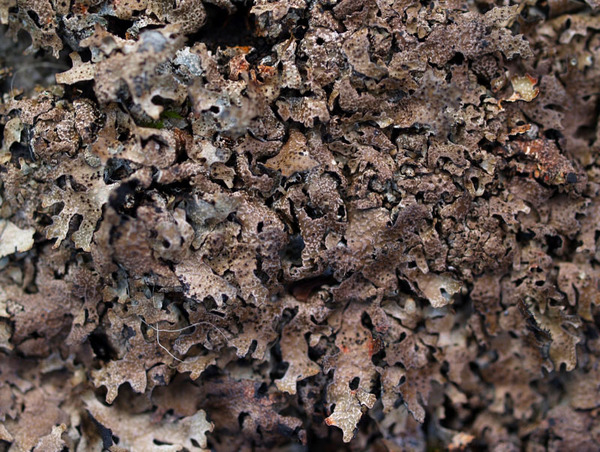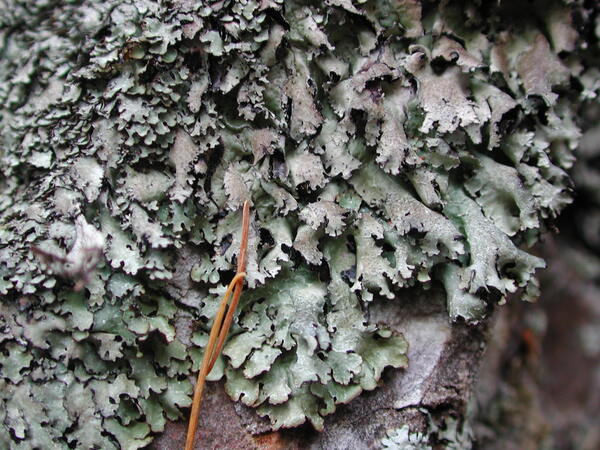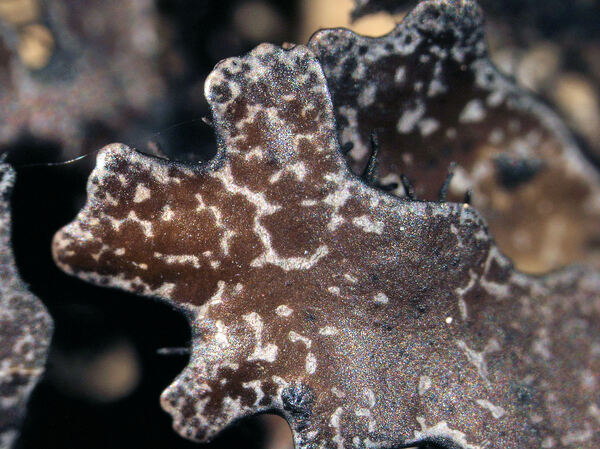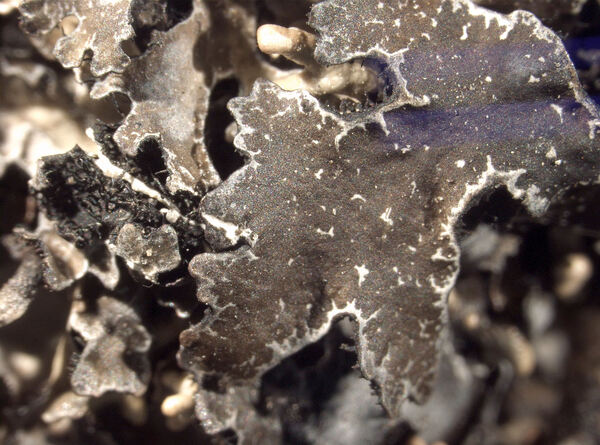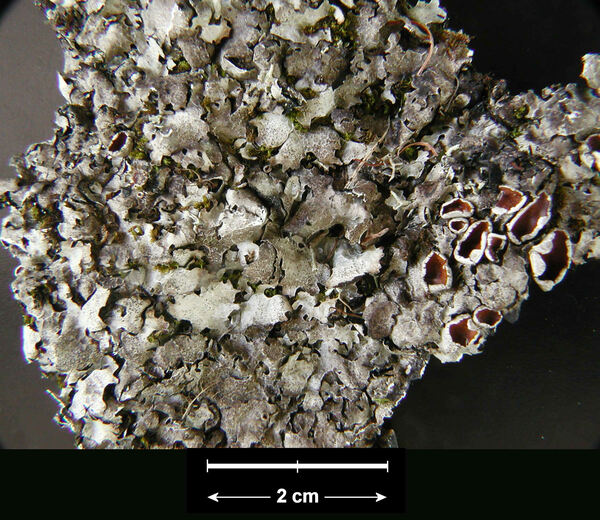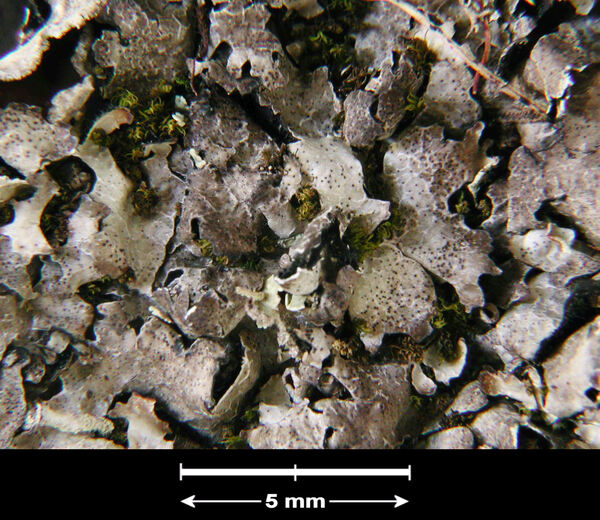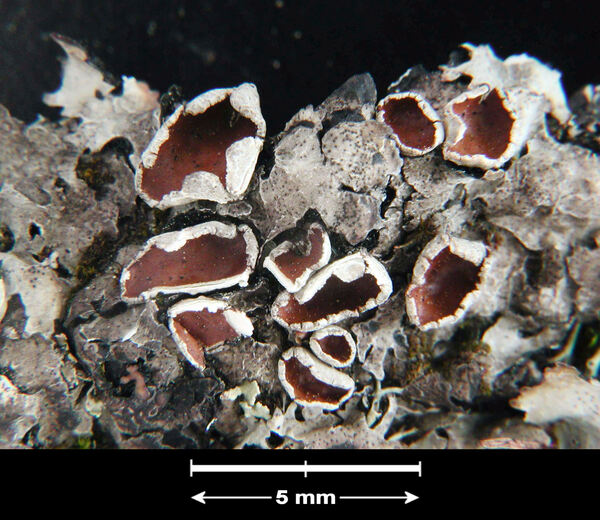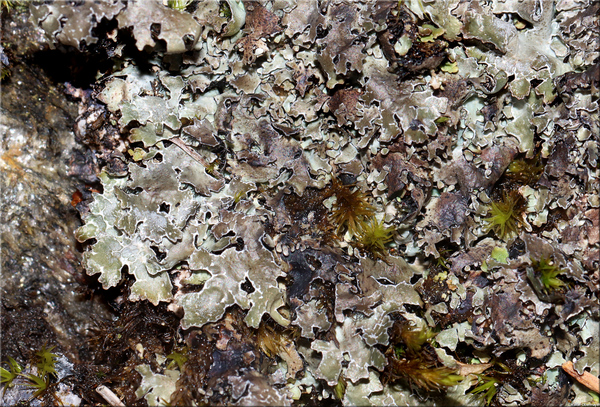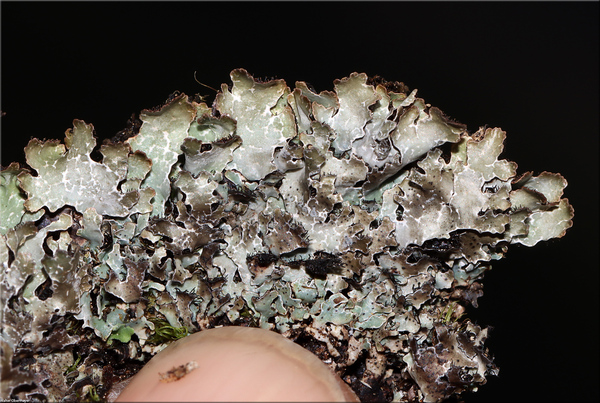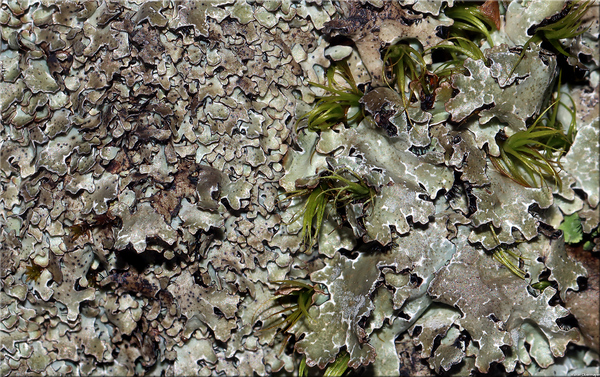Parmelia omphalodes (L.) Ach.
Meth. Lich.: 204, 1803. Basionym: Lichen omphalodes L. - Sp. Pl.: 1143, 1753.
Synonyms: Imbricaria saxatilis var. omphalodes (L.) Körb.; Parmelia insensitiva Anders; Parmelia saxatilis var. omphalodes (L.) Fr.
Distribution: N - Frl, Ven (Nimis 1994), TAA (Caniglia & al. 2002, Nascimbene & Caniglia 2002c, Nascimbene & al. 2006e, 2022, Thor & Nascimbene 2007), Lomb (Dalle Vedove & al. 2004), Piem (Isocrono & Falletti 1999, Piervittori 2003), VA (Piervittori & Isocrono 1999, Piervittori & al. 2001), Emil (Fariselli & al. 2020), Lig (Giordani & al. 2009). C - Tosc (Benesperi & al. 2007), Umb (Ravera & al. 2006), Sar (Nöske 2000, Brackel & Berger 2019). S - Bas (Ravera & al. 2019b), Cal (Puntillo 1996), Si (Grillo 1998, Czeczuga & al. 1999, Grillo & Caniglia 2004).
Description: Thallus foliose, heteromerous, dorsiventral, rather loosely attached, forming more or less regular, up to 15 cm wide rosettes which often merge into extensive swards. Lobes 2-4(-5) mm wide, with angular apices, often imbricate. Upper surface of variable colour, from pale grey in shade-forms to brown, dark brown or almost black in sun-forms, slightly shiny, epruinose, with a conspicuous network of laminal and marginal, whitish, at first punctiform but soon linear pseudocyphellae; lower surface black, with simple or forked, black rhizines most abundant towards the margin. Upper cortex paraplectenchymatous, of 2-6 layers of densely packed cells, with a usually non-pored epicortex, the cell walls with isolichenan; medulla white; algal layer continuous; lower cortex paraplectenchymatous, thinner than upper cortex. Apothecia rare, lecanorine, cup-shaped, to 12 mm across, with a dark brown, often splitting disc and a prominent thalline margin. Epithecium brownish; hymenium and hypothecium colourless. Asci 8-spored, clavate, Lecanora-type. Ascospores 1-celled, hyaline, ellipsoid, 10-15 x 7-9 µm. Pycnidia common, black, laminal. Conidia more or less thickened at both ends, 5.5-6.5 x c. 1 µm. Photobiont chlorococcoid. Spot tests: upper cortex K+ yellow (but often slowly turning dirty red due to medullary substances), C-, KC-, P- or P+ faintly yellow; medulla K+ yellow turning dirty red, C-, KC-, P+ orange-red. Chemistry: upper cortex with atranorin; medulla with consalazinic and salazinic acids (major), and variable amounts of lobaric, galbinic, protolichesterinic and fumarprotocetraric acids.
Note: an arctic-alpine, circumpolar lichen found on rocks, epilithic bryophytes, more rarely on soil, mostly near or above treeline; common in the Alps, where it can reach the nival belt, less common in the mountains of Southern Italy, and rarer in the highest peaks of the Apennines for the scarcity of suitable substrata; the record from Umbria by Panfili (2000) is dubious.
Growth form: Foliose, broad lobed
Substrata: rocks
Photobiont: green algae other than Trentepohlia
Reproductive strategy: mainly asexual, by thallus fragmentation
Commonnes-rarity: (info)
Alpine belt: rather common
Subalpine belt: very common
Oromediterranean belt: very rare
Montane belt: extremely rare
Submediterranean belt: absent
Padanian area: absent
Humid submediterranean belt: absent
Humid mediterranean belt: absent
Dry mediterranean belt: absent
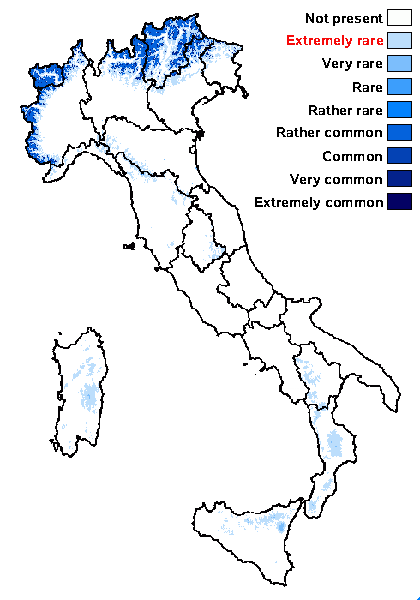
Predictive model
Herbarium samples

Michel David - Source: http://www.lichensmaritimes.org/index.php?task=fiche&lichen=207&lang=en
France, Toulinguet
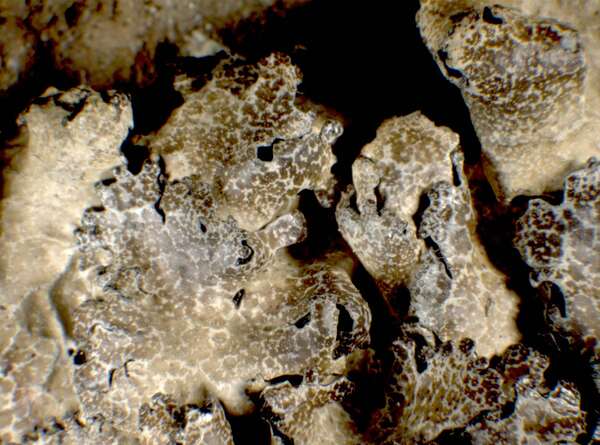

P.L. Nimis; Owner: Department of Life Sciences, University of Trieste
Herbarium: TSB (9675)
2001/12/05
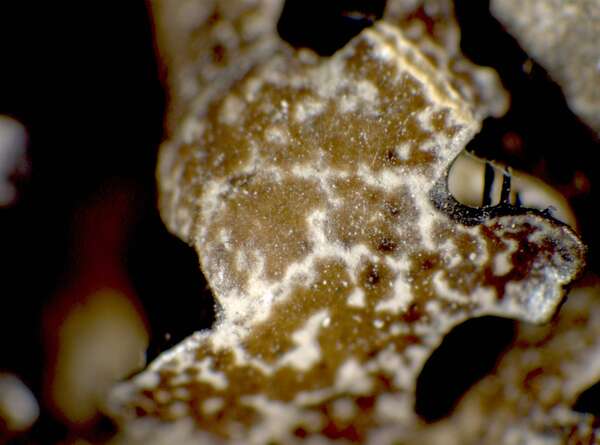

P.L. Nimis; Owner: Department of Life Sciences, University of Trieste
Herbarium: TSB (9675)
2001/12/05
detail of pseudocyphellae
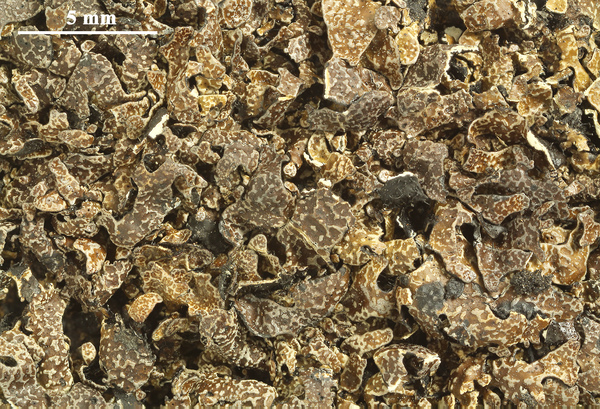

Felix Schumm - CC BY-SA 4.0
[0329], Gallia, Finistère, Pointe de Pen-Hir, ad scopulos prope litum. Annot: Lobaric acid, salazinic acid, consalazinic acid and trace of galbinic acid by TLC, A. Johnson and C. F. Culberson (no 2746).Leg. W.L. Culberson (10483) & C.F. Culberson. A. VEZDA: LICHENES SELECTI EXSICCATI NR. 1740
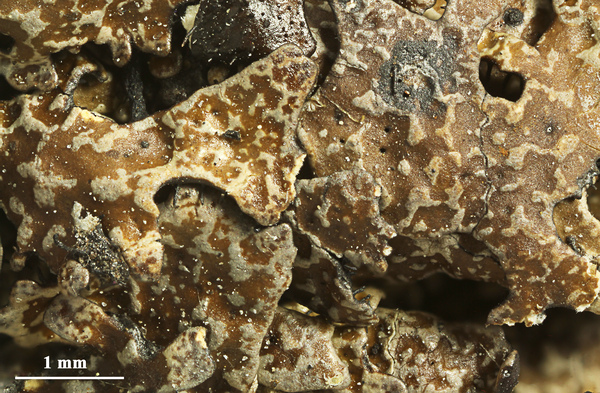

Felix Schumm - CC BY-SA 4.0
[0329], Gallia, Finistère, Pointe de Pen-Hir, ad scopulos prope litum. Annot: Lobaric acid, salazinic acid, consalazinic acid and trace of galbinic acid by TLC, A. Johnson and C. F. Culberson (no 2746).Leg. W.L. Culberson (10483) & C.F. Culberson. A. VEZDA: LICHENES SELECTI EXSICCATI NR. 1740
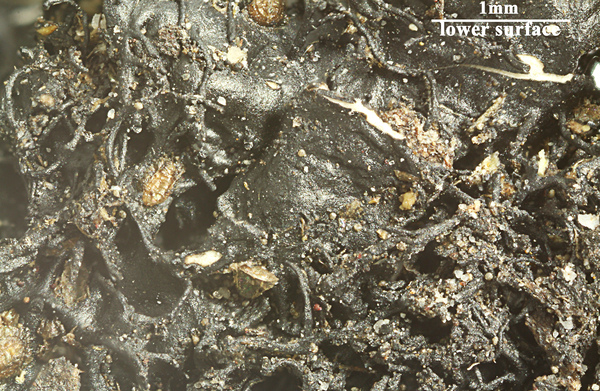

Felix Schumm - CC BY-SA 4.0
[0329], Gallia, Finistère, Pointe de Pen-Hir, ad scopulos prope litum. Annot: Lobaric acid, salazinic acid, consalazinic acid and trace of galbinic acid by TLC, A. Johnson and C. F. Culberson (no 2746).Leg. W.L. Culberson (10483) & C.F. Culberson. A. VEZDA: LICHENES SELECTI EXSICCATI NR. 1740
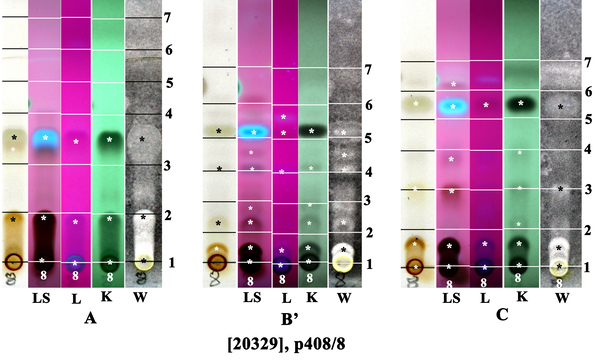

Felix Schumm - CC BY-SA 4.0
[0329], Gallia, Finistère, Pointe de Pen-Hir, ad scopulos prope litum. Annot: Lobaric acid, salazinic acid, consalazinic acid and trace of galbinic acid by TLC, A. Johnson and C. F. Culberson (no 2746).Leg. W.L. Culberson (10483) & C.F. Culberson. A. VEZDA: LICHENES SELECTI EXSICCATI NR. 1740
L: lobaric acid, s: salazinic acid, cs: consalazinic acid, a,b: unkown
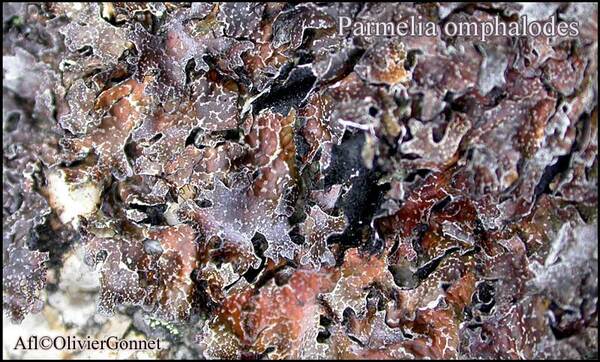
Courtesy Danièle et Olivier Gonnet - Source: https://www.afl-lichenologie.fr/Photos_AFL/Photos_AFL_P/Parmelia_omphalodes.htm
France, sur rocher siliceux - session AFL 2005 - Lozère
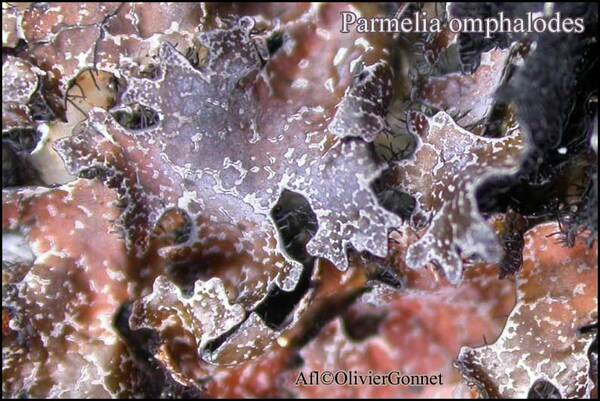
Courtesy Danièle et Olivier Gonnet - Source: https://www.afl-lichenologie.fr/Photos_AFL/Photos_AFL_P/Parmelia_omphalodes.htm
France, sur rocher siliceux - session AFL 2005 - Lozère
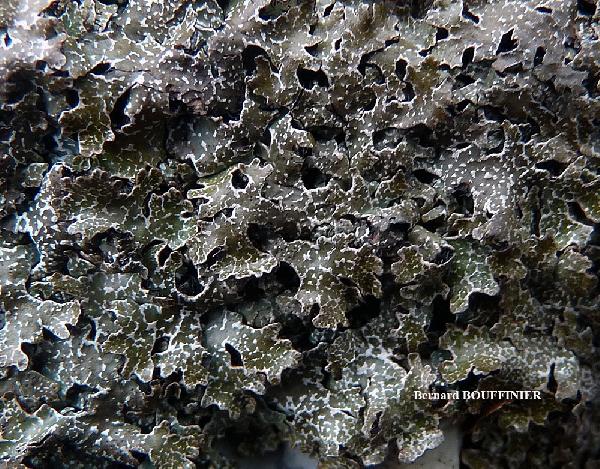
Bernard Bouffinier - Source: http://www.lichensmaritimes.org/index.php?task=fiche&lichen=207&lang=en
France, Kador
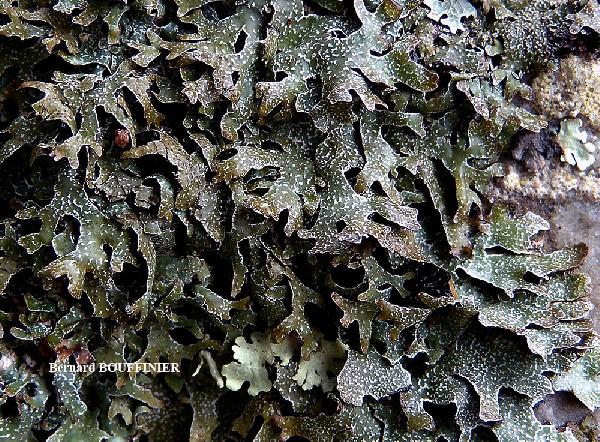
Bernard Bouffinier - Source: http://www.lichensmaritimes.org/index.php?task=fiche&lichen=207&lang=en
France, Kador
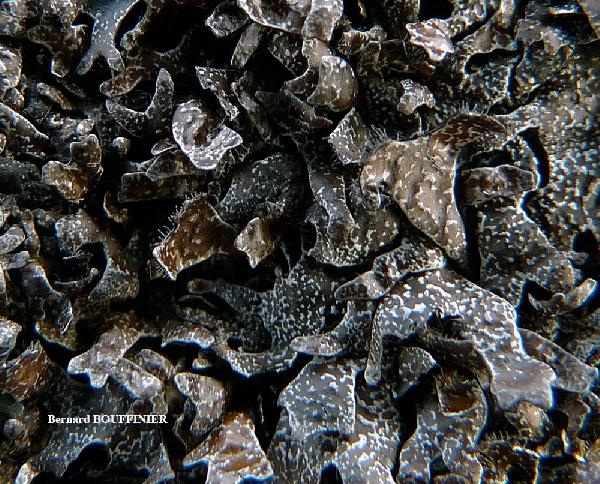
Bernard Bouffinier - Source: http://www.lichensmaritimes.org/index.php?task=fiche&lichen=207&lang=en
France, Pointe de Dinan

Bernard Bouffinier - Source: http://www.lichensmaritimes.org/index.php?task=fiche&lichen=207&lang=en
France, Pointe du Guern
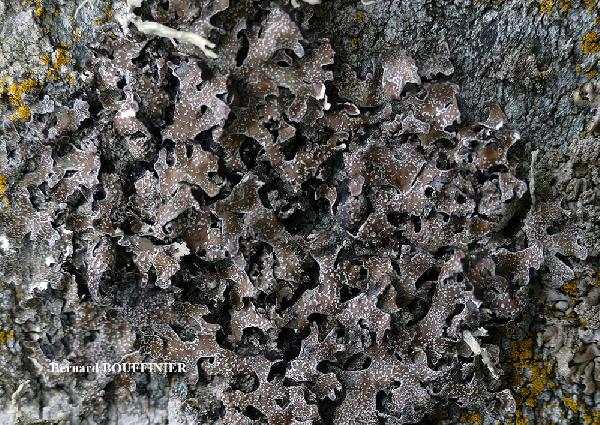
Bernard Bouffinier - Source: http://www.lichensmaritimes.org/index.php?task=fiche&lichen=207&lang=en
France, Roc'h Trevezel

Bernard Bouffinier - Source: http://www.lichensmaritimes.org/index.php?task=fiche&lichen=207&lang=en
France, Roc'h Trevezel

Bernard Bouffinier - Source: http://www.lichensmaritimes.org/index.php?task=fiche&lichen=207&lang=en
France, Pointe de Pen-Hir
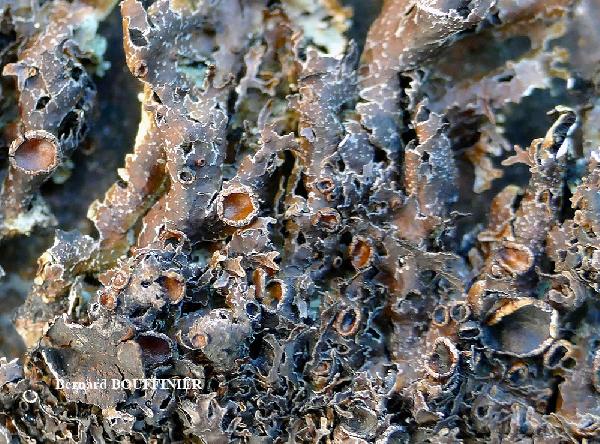
Bernard Bouffinier - Source: http://www.lichensmaritimes.org/index.php?task=fiche&lichen=207&lang=en
France, Cap de la Chèvre
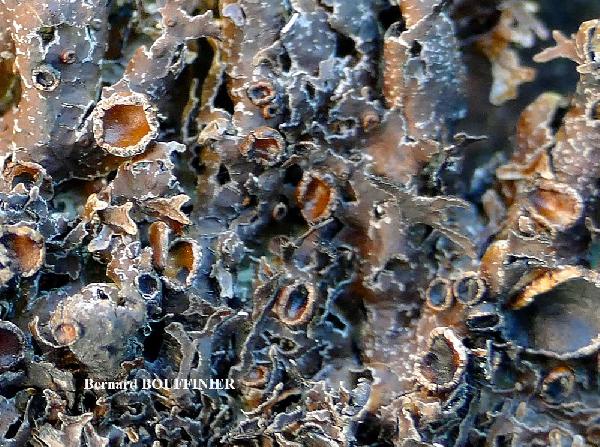
Bernard Bouffinier - Source: http://www.lichensmaritimes.org/index.php?task=fiche&lichen=207&lang=en
France, Cap de la Chèvre
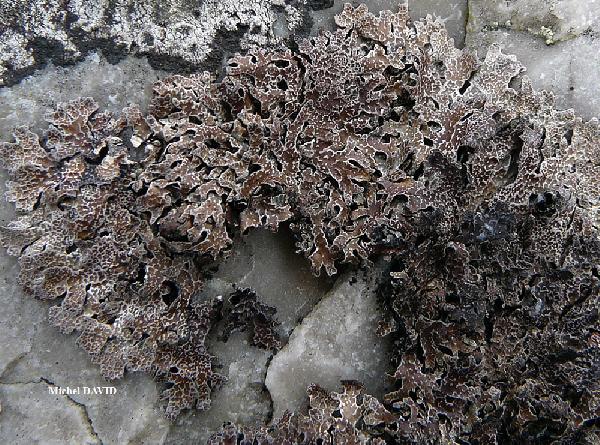
Michel David - Source: http://www.lichensmaritimes.org/index.php?task=fiche&lichen=207&lang=en
France, Tavelle
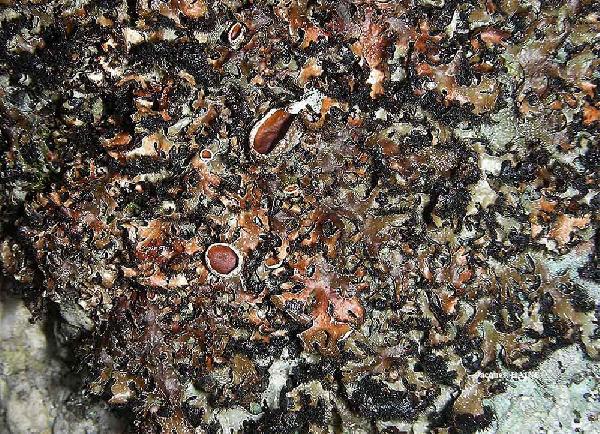
Michel David - Source: http://www.lichensmaritimes.org/index.php?task=fiche&lichen=207&lang=en
Belgium, Monthermé
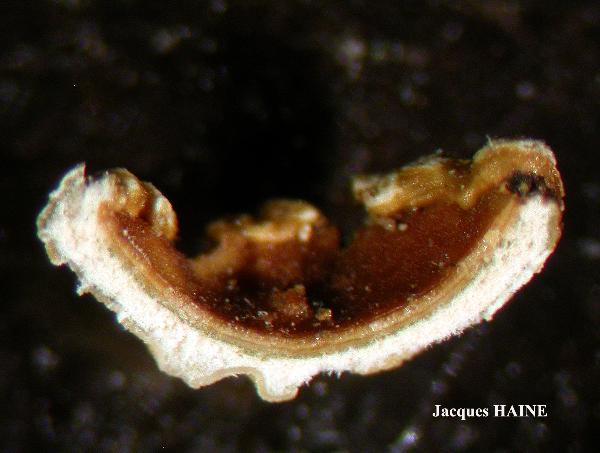
Michel David - Source: http://www.lichensmaritimes.org/index.php?task=fiche&lichen=207&lang=en
Belgium, Monthermé
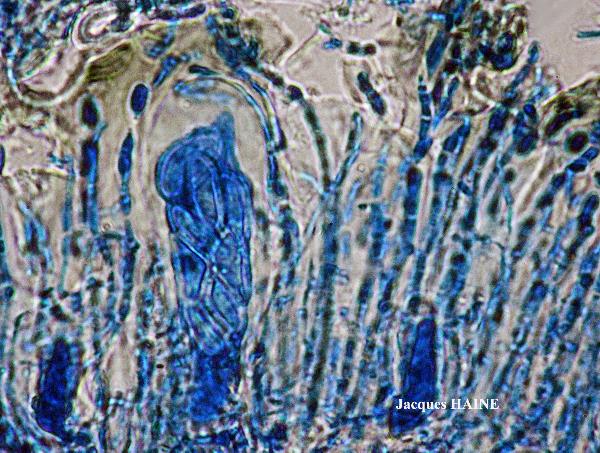
Michel David - Source: http://www.lichensmaritimes.org/index.php?task=fiche&lichen=207&lang=en
Belgium, Monthermé

Michel David - Source: http://www.lichensmaritimes.org/index.php?task=fiche&lichen=207&lang=en
Belgium, Monthermé

Michel David - Source: http://www.lichensmaritimes.org/index.php?task=fiche&lichen=207&lang=en
Belgium, Monthermé
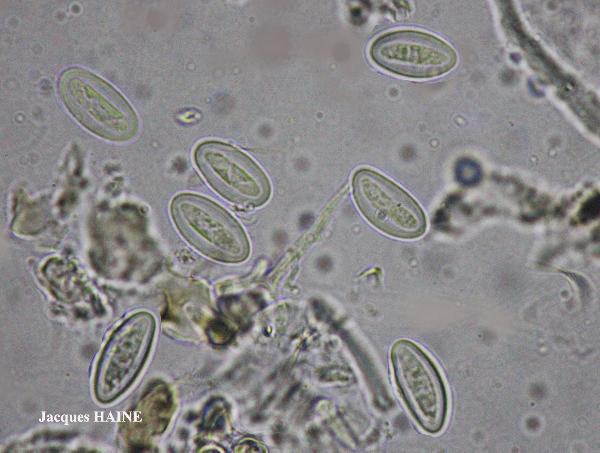
Michel David - Source: http://www.lichensmaritimes.org/index.php?task=fiche&lichen=207&lang=en
Belgium, Monthermé

Source:Ossowska E, Guzow-Krzemińska B, Kolanowska M, Szczepańska K, Kukwa M (2019) Morphology and secondary chemistry in species recognition of Parmelia omphalodes group – evidence from molecular data with notes on the ecological niche modelling and genetic variability of photobionts. MycoKeys 61: 39-74. - CC BY-4.0
B P. omphalodes, with marginal and laminal pseudocyphellae, laminal pseudocyphellae mostly not connected with marginal ones (S F-252845) C P. pinnatifida, with marginal pseudocyphellae (UGDA L-24298)
Growth form: Foliose, broad lobed
Substrata: rocks
Photobiont: green algae other than Trentepohlia
Reproductive strategy: mainly asexual, by thallus fragmentation
Commonnes-rarity: (info)
Alpine belt: rather common
Subalpine belt: very common
Oromediterranean belt: very rare
Montane belt: extremely rare
Submediterranean belt: absent
Padanian area: absent
Humid submediterranean belt: absent
Humid mediterranean belt: absent
Dry mediterranean belt: absent

Predictive model
| Herbarium samples |

Michel David - Source: http://www.lichensmaritimes.org/index.php?task=fiche&lichen=207&lang=en
France, Toulinguet


P.L. Nimis; Owner: Department of Life Sciences, University of Trieste
Herbarium: TSB (9675)
2001/12/05


P.L. Nimis; Owner: Department of Life Sciences, University of Trieste
Herbarium: TSB (9675)
2001/12/05
detail of pseudocyphellae


Felix Schumm - CC BY-SA 4.0
[0329], Gallia, Finistère, Pointe de Pen-Hir, ad scopulos prope litum. Annot: Lobaric acid, salazinic acid, consalazinic acid and trace of galbinic acid by TLC, A. Johnson and C. F. Culberson (no 2746).Leg. W.L. Culberson (10483) & C.F. Culberson. A. VEZDA: LICHENES SELECTI EXSICCATI NR. 1740


Felix Schumm - CC BY-SA 4.0
[0329], Gallia, Finistère, Pointe de Pen-Hir, ad scopulos prope litum. Annot: Lobaric acid, salazinic acid, consalazinic acid and trace of galbinic acid by TLC, A. Johnson and C. F. Culberson (no 2746).Leg. W.L. Culberson (10483) & C.F. Culberson. A. VEZDA: LICHENES SELECTI EXSICCATI NR. 1740


Felix Schumm - CC BY-SA 4.0
[0329], Gallia, Finistère, Pointe de Pen-Hir, ad scopulos prope litum. Annot: Lobaric acid, salazinic acid, consalazinic acid and trace of galbinic acid by TLC, A. Johnson and C. F. Culberson (no 2746).Leg. W.L. Culberson (10483) & C.F. Culberson. A. VEZDA: LICHENES SELECTI EXSICCATI NR. 1740


Felix Schumm - CC BY-SA 4.0
[0329], Gallia, Finistère, Pointe de Pen-Hir, ad scopulos prope litum. Annot: Lobaric acid, salazinic acid, consalazinic acid and trace of galbinic acid by TLC, A. Johnson and C. F. Culberson (no 2746).Leg. W.L. Culberson (10483) & C.F. Culberson. A. VEZDA: LICHENES SELECTI EXSICCATI NR. 1740
L: lobaric acid, s: salazinic acid, cs: consalazinic acid, a,b: unkown

Courtesy Danièle et Olivier Gonnet - Source: https://www.afl-lichenologie.fr/Photos_AFL/Photos_AFL_P/Parmelia_omphalodes.htm
France, sur rocher siliceux - session AFL 2005 - Lozère

Courtesy Danièle et Olivier Gonnet - Source: https://www.afl-lichenologie.fr/Photos_AFL/Photos_AFL_P/Parmelia_omphalodes.htm
France, sur rocher siliceux - session AFL 2005 - Lozère

Bernard Bouffinier - Source: http://www.lichensmaritimes.org/index.php?task=fiche&lichen=207&lang=en
France, Kador

Bernard Bouffinier - Source: http://www.lichensmaritimes.org/index.php?task=fiche&lichen=207&lang=en
France, Kador

Bernard Bouffinier - Source: http://www.lichensmaritimes.org/index.php?task=fiche&lichen=207&lang=en
France, Pointe de Dinan

Bernard Bouffinier - Source: http://www.lichensmaritimes.org/index.php?task=fiche&lichen=207&lang=en
France, Pointe du Guern

Bernard Bouffinier - Source: http://www.lichensmaritimes.org/index.php?task=fiche&lichen=207&lang=en
France, Roc'h Trevezel

Bernard Bouffinier - Source: http://www.lichensmaritimes.org/index.php?task=fiche&lichen=207&lang=en
France, Roc'h Trevezel

Bernard Bouffinier - Source: http://www.lichensmaritimes.org/index.php?task=fiche&lichen=207&lang=en
France, Pointe de Pen-Hir

Bernard Bouffinier - Source: http://www.lichensmaritimes.org/index.php?task=fiche&lichen=207&lang=en
France, Cap de la Chèvre

Bernard Bouffinier - Source: http://www.lichensmaritimes.org/index.php?task=fiche&lichen=207&lang=en
France, Cap de la Chèvre

Michel David - Source: http://www.lichensmaritimes.org/index.php?task=fiche&lichen=207&lang=en
France, Tavelle

Michel David - Source: http://www.lichensmaritimes.org/index.php?task=fiche&lichen=207&lang=en
Belgium, Monthermé

Michel David - Source: http://www.lichensmaritimes.org/index.php?task=fiche&lichen=207&lang=en
Belgium, Monthermé

Michel David - Source: http://www.lichensmaritimes.org/index.php?task=fiche&lichen=207&lang=en
Belgium, Monthermé

Michel David - Source: http://www.lichensmaritimes.org/index.php?task=fiche&lichen=207&lang=en
Belgium, Monthermé

Michel David - Source: http://www.lichensmaritimes.org/index.php?task=fiche&lichen=207&lang=en
Belgium, Monthermé

Michel David - Source: http://www.lichensmaritimes.org/index.php?task=fiche&lichen=207&lang=en
Belgium, Monthermé

 INDEX FUNGORUM
INDEX FUNGORUM
 GBIF
GBIF
 DOLICHENS
DOLICHENS
